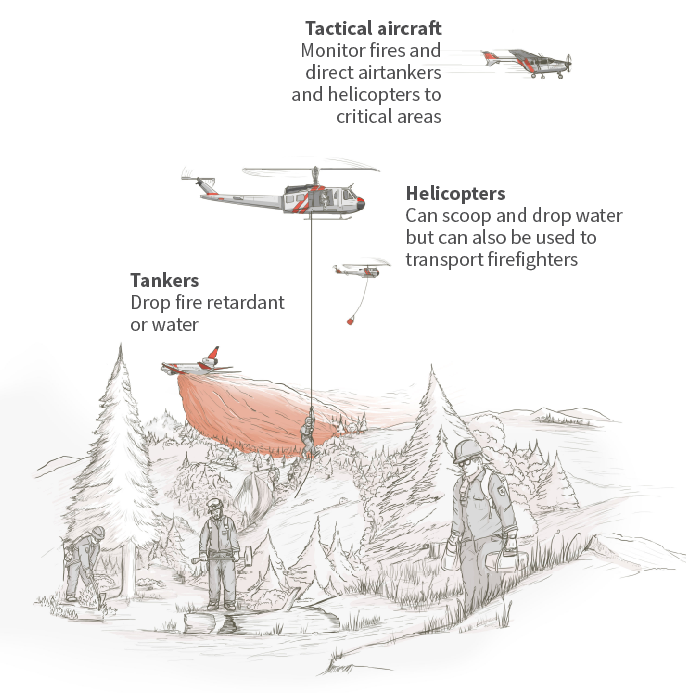1/4 When news broke in June that South Korean pop band BTS and their label donated $1 million to Black Lives Matter, their fans launched the #MatchAMillion campaign and raised another $1 million for the movement – in just over a day. tmsnrt.rs/393dOTG
2/4 K-pop fans have a history of fundraising for charity causes but the scale and speed of the campaign was unprecedented. 

3/4 Part of the BTS #ARMY’s strength lies in their diverse demographics; a growing share of their audience are in their 40’s and older, which means they often have more disposable income.
4/4 The BTS fanbase often breaks social media records and trends hashtags to celebrate the band’s songs and music videos. But it's not a disconnected group of individual fans – they have a semi-structured Twitter ecosystem that allows messages and information to spread quickly. 

• • •
Missing some Tweet in this thread? You can try to
force a refresh















